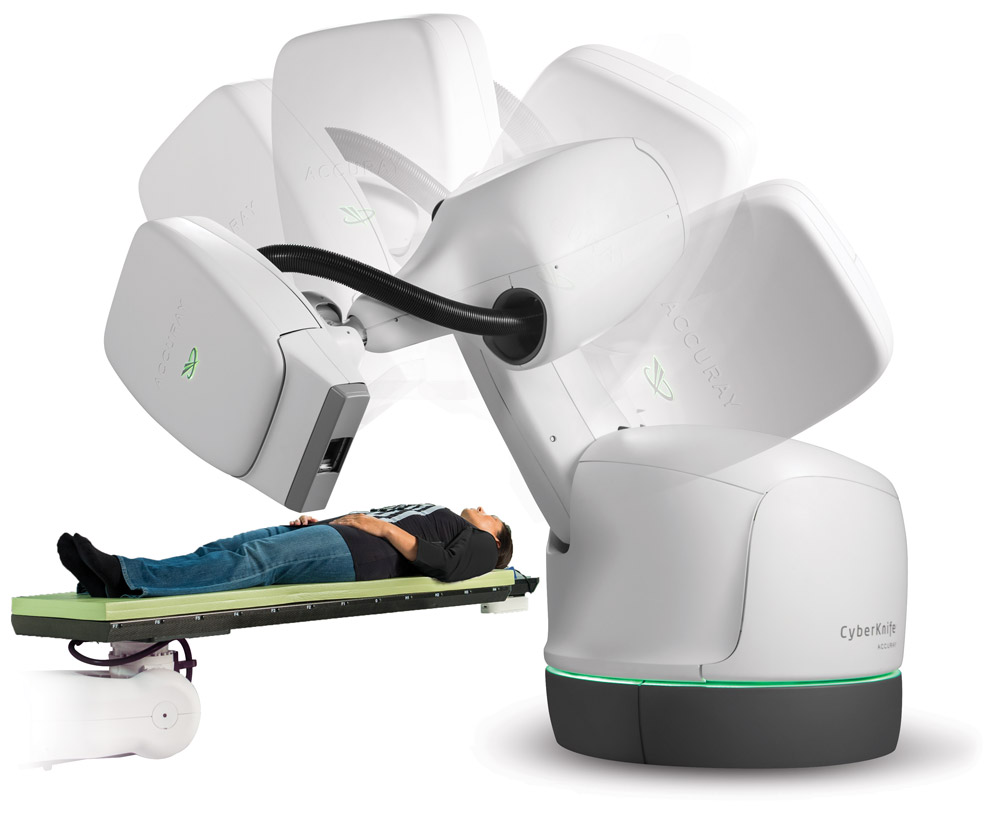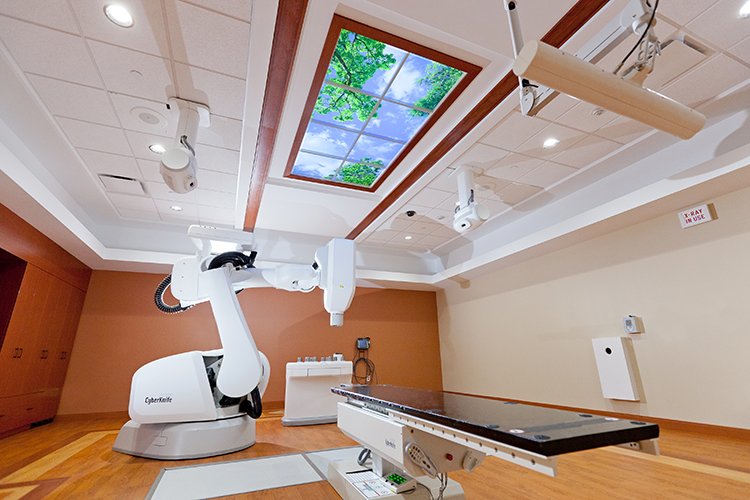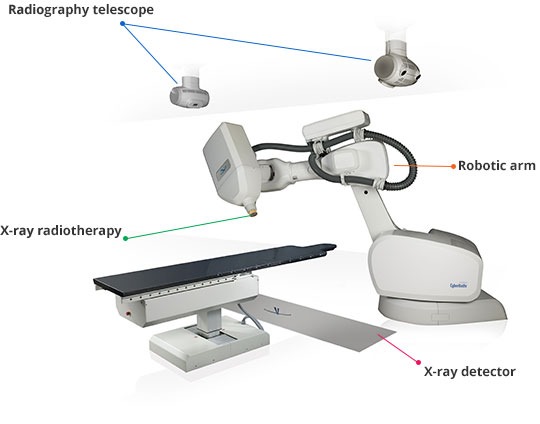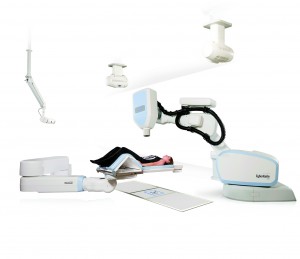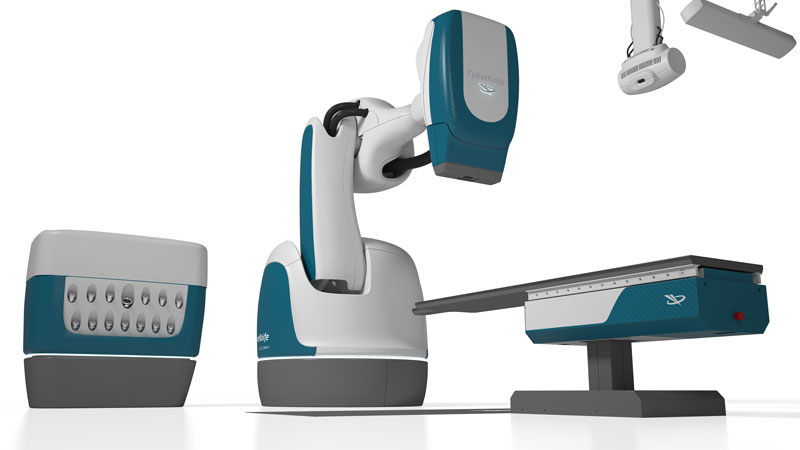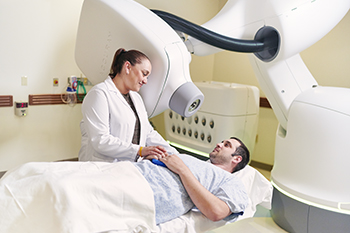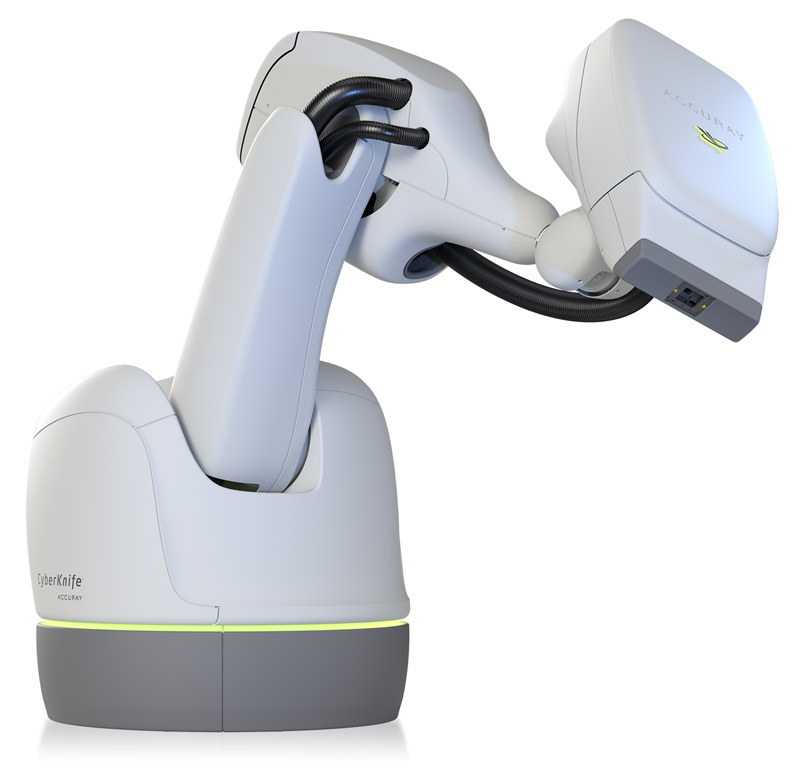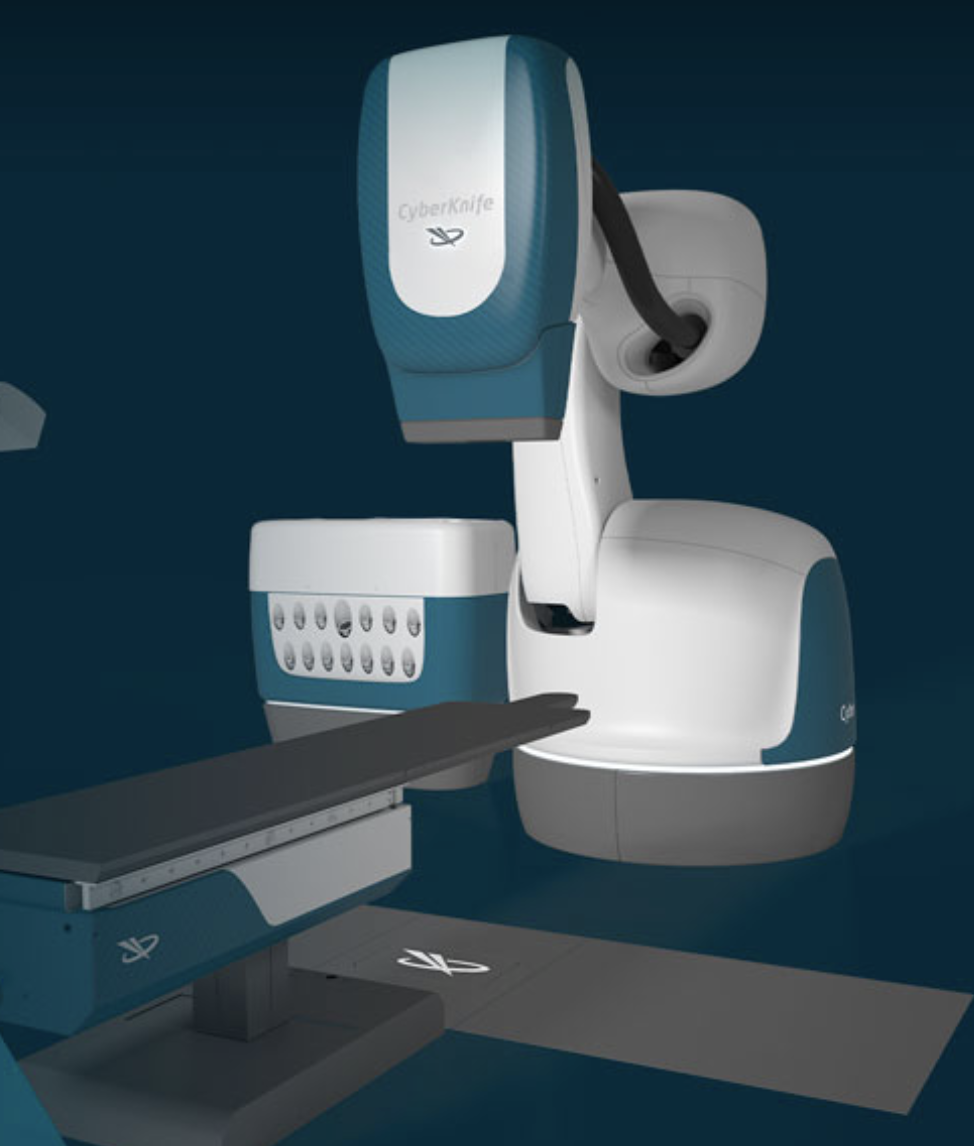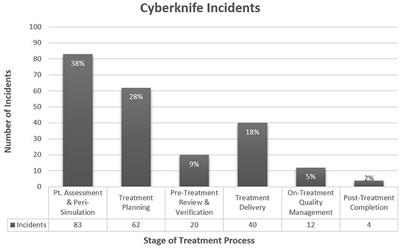Side Effects Of Cyberknife Radiation For Pancreatic Cancer

Despite the higher dose rate associated with sbrt multiple studies have validated that cyberknife sbrt is well tolerated with minimal side effects unlike any other radiation treatment the cyberknife system continually tracks the target and automatically corrects the radiation beam for movement of the tumor in real time throughout the entire treatment session.
Side effects of cyberknife radiation for pancreatic cancer. Modern radiation machines employ multiple beams of radiation that are directed at different angles and toward different parts of the body. It is this robotic precision of the system combined with real time motion synchronization of the radiation beam to the tumor s position that makes such a. My radiation oncologist dr. Side effects depend on where the radiation is aimed.
Learn the potential cyberknife side effects for pancreatic cancer. Cyberknife therapy has been used successfully to treat pancreatic cancer in patients who are poor surgical candidates those who refuse surgery and in patients for whom surgery or other treatments have failed. Pancreatic cancer a precise non surgical option for pancreatic cancer a rapid non invasive treatment the cyberknife system is an image guided linear accelerator mounted to a robotic arm that is specifically designed to deliver sbrt. This can last up to several weeks post treatment also.
Radiation therapy for cancer uses high energy particles or waves to attack tumor cells. This technique is focused on treating the primary tumor while limiting. After the cyberknife treatments ended i had five weeks of conventional abdominal radiation and then 12 weeks of chemotherapy with gemcitabine. Despite the higher dose rate associated with sbrt multiple studies have validated that there are no worse side effects with cyberknife sbrt than with traditional radiation.
The nature and severity of side effects depend on many factors including the size and location of the treated tumor the treatment technique for example the radiation dose the patient s general medical condition to name a few. In 2007 cyberknife was an experimental treatment for pancreatic cancer. Some side effects might show up quickly but others might not show up until 1 to 2 years after treatment. Treating tumors in and near the pancreas with radiation is challenging because the stomach bowel kidneys and liver are in close proximity to the pancreas making it difficult to.
Anand mahadevan now at geisinger medical center in western pennsylvania was particularly inspiring. Depending on the type and dosage of radiation given tolerance of the patient and stage of cancer radiation therapy can have a lot of side effects on the patients in the treatment of pancreatic cancer. Exposure to high radiation leads to tiredness. Multiple studies validate cyberknife treatment is well tolerated with minimal side effects.



